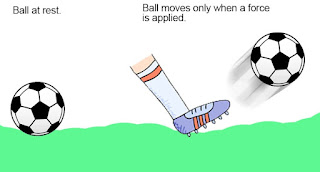Sharing My Experience as a Student Teacher: Building a Working Model of an Electric Circuit
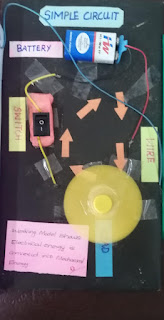
As a student teacher, one of the most rewarding experiences I've had was creating a working model of an electric circuit with my class of 9th graders. The objective of this project was to make students aware of the conversion of electrical energy to mechanical energy, and we achieved this by constructing a simple yet effective model consisting of a motor, a small fan, a leaf switch, a battery, and connection wires. In this blog post, I want to share our journey and highlight the importance of hands-on learning in science education. The Concept: Conversion of Electrical Energy to Mechanical Energy Before delving into the construction of our working model, it's crucial to understand the concept we aimed to teach: the conversion of electrical energy to mechanical energy. This concept is fundamental in understanding how various devices, from electric fans to washing machines, operate. We wanted our students to grasp this principle through a practical and engaging experiment. Mater
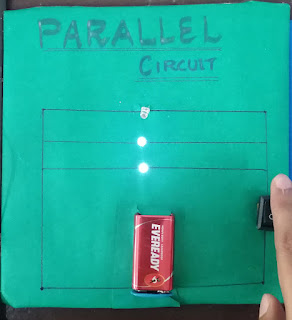

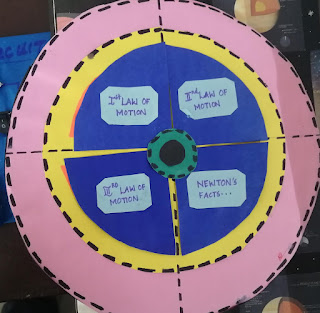

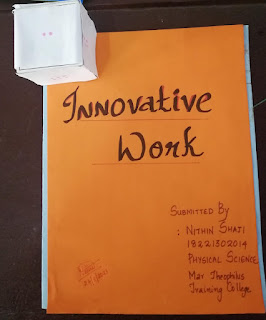
.jpeg)

.jpeg)
